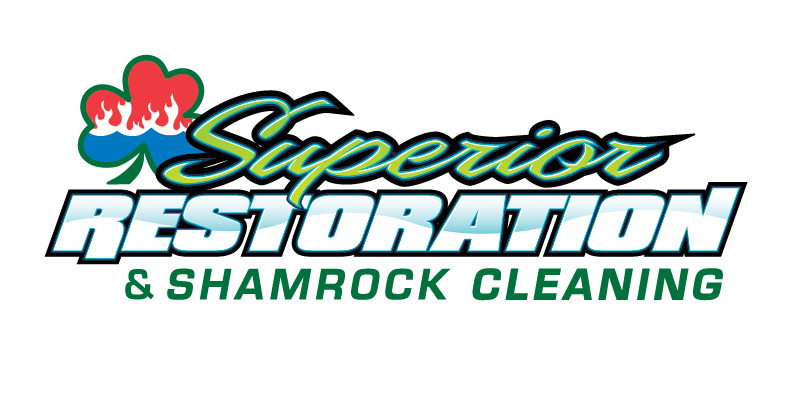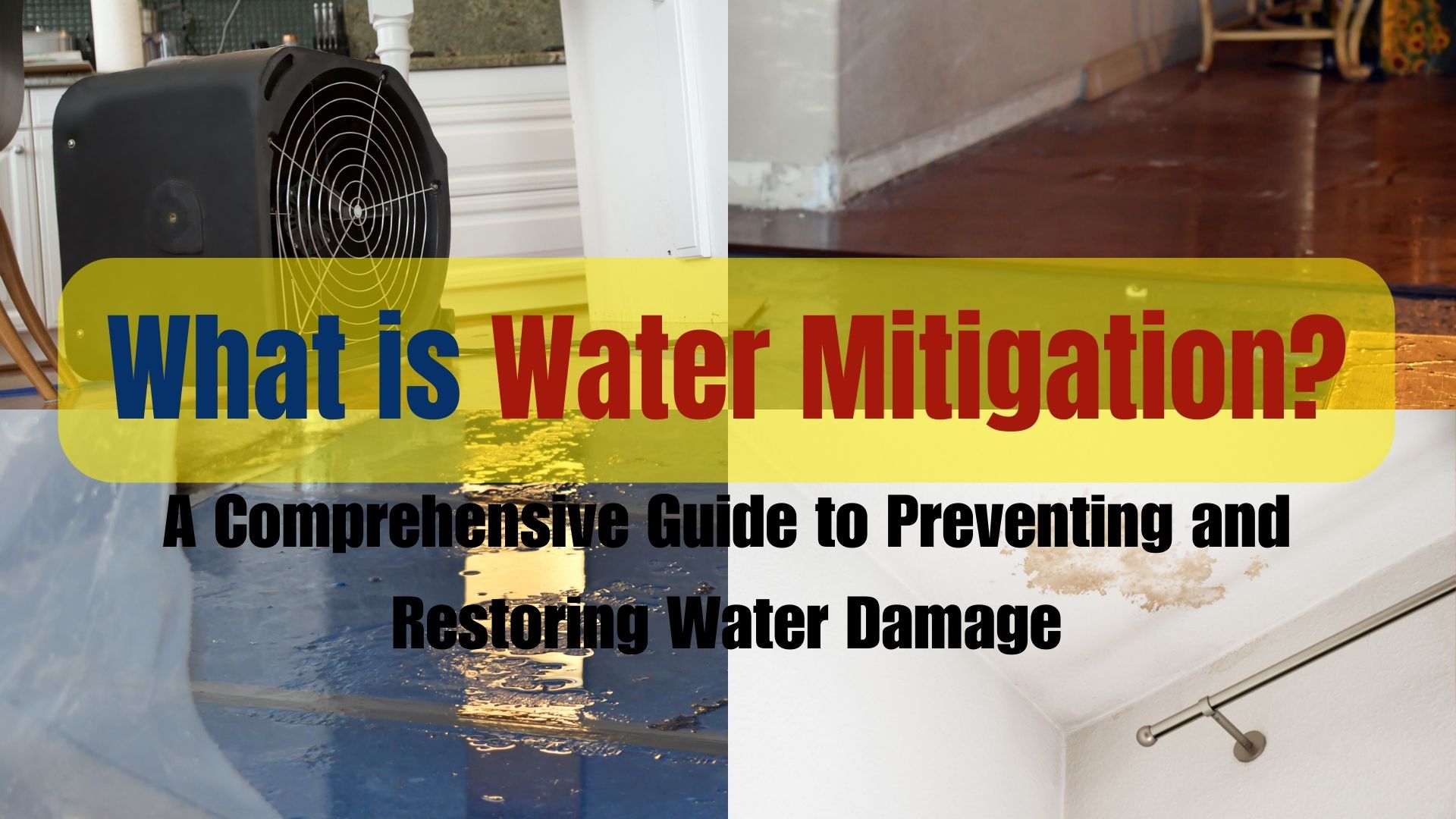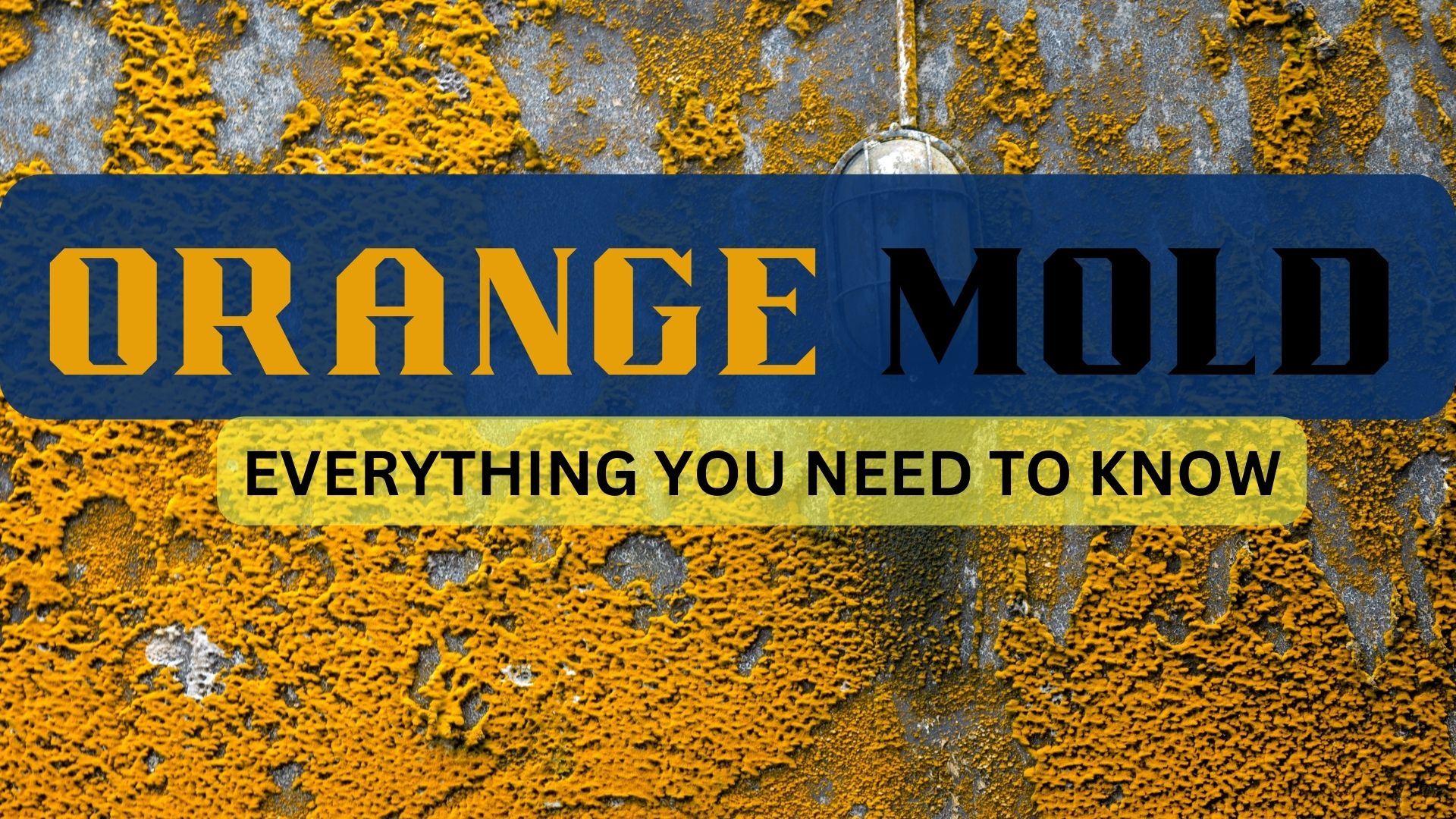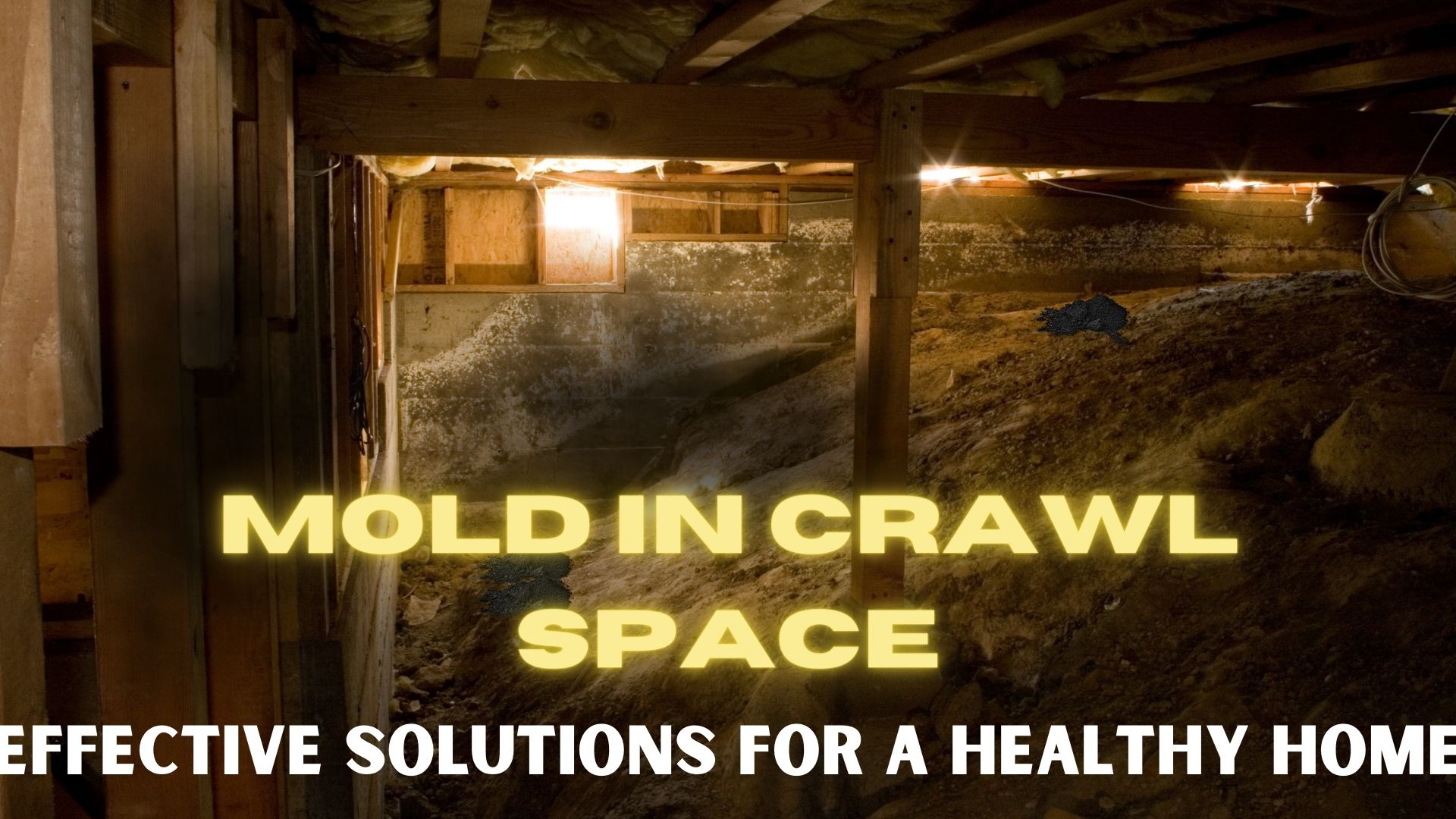Water damage can sometimes occur in its most quiet way, and when you find it, you already have extensive damage that might require expensive repairs. The cost and the type of repairs may vary depending on the location. If it is the drywall that has water damage due to a leak, you might need a minor repair or replacement. But if excessive water damage to your tile flooring (in your bathroom, kitchen, basement, etc.), you might have to spend a lot of money on repairs and experience undesirable inconvenience.
Moreover, the moisture that was accumulated can become an invitation for mold and mildew, spreading in the entire area and causing harmful effects to your tiles and health.
Tile floors can add beauty to the interior of your home. However, they can also be at risk of water damage when excessive water stays on the surface.
What Happens When Water Damage Your Tile Flooring
Fortunately, the tiles that are often used in moisture-prone areas such as bathroom, kitchen, basement and other areas are waterproof. The tile itself doesn’t get damaged by excessive water. However, when water finds its way past to the tile or grout, it can start to create real damage and the most common one is loosening the tile from its subsurface. When under wet conditions, the mortar that holds the tile from its position will become loosen and deteriorated, causing the tile to lift away from the floor or wall.
A subsurface or subflooring that is not waterproof, could create further damage. Water can cause the subsurface to swell and warp, and pushing the tile to lift even harder.
When excess moisture is present, it could cause mold and mildew growth, eating away the mortar even further.
A clears sign that you have water damage to your flooring in your home is when tiles are starting to loosen up and lifting away from its subsurface. Fix the damage right after you notice it to prevent expensive repairs.
How Can Water Damage Your Tile Flooring
In any type of water damage, there is always a reason behind it. Luckily, tiles that are often used in our homes today are considered waterproof. However, they can still experience water damage due to the following;
Grout Doesn’t Last Forever
Any type of grout is not designed to last forever. The tile doesn’t allow moisture to penetrate to its subsurface, but the grout (or the thin lines between tiles) is prone to water damage. When the grout becomes deteriorated, it can cause moisture to penetrate to the tile subsurface. Unfortunately, any tiled surface, even in areas resistant to moisture or humid conditions, is not waterproof. When water is left standing on the surface, it can start to seep into the seal, loosening the tile and the grout and causing water to leak to its subsurface.
Sealing grout regularly, for about every six months, can help in repelling water. If not, the grout will start absorbing water causing severe water damage to your tile flooring.
Cracks and Gaps
Aside from deteriorated grout, cracks and gaps can cause extensive water damage to your subflooring that is especially when it is made of wood. The crack doesn’t have to be big to create considerable damage to your flooring. Cracks and gaps can allow water to penetrate and seep underneath or behind your subflooring.
Repairing any tile, grout, cracks, and gaps can prevent you from having excessive water damage.
How to Control Water Damage in Your Tile Flooring
Water damage is a serious business. Whether the damage begins from undetected water leaks and eventually becomes destructive or that damage that occurs accidentally like flooding, water damage can cause major property to lose and health hazards. That is why preventing causes of water damage is vital.
Give your tile flooring regular maintenance and check-up. Make sure that you limit water to get in contact with your tile surface. In case of flooding, remove the standing water immediately. You can use a squeegee and a cloth to remove and wipe off standing water. Reseal the grout regularly, especially in areas where water contact cannot be avoided, like shower floors and walls. When you see caulk started to dry or crack, (edges of sinks and showers), replace it immediately.
What if water has already damaged my tile flooring?
If you see one or two of tiles have started to lose, pull them up to see what damage has occurred. If the subflooring has started to rot, it’s an indication of severe damage. Find the source of the water leak and take care of the affected area. It is also best to inspect the surrounding areas. They might not have been damaged yet, but checking them thoroughly can prevent you from having further damage.
Make sure to perform proper tile care to prevent water damage to your tile flooring. But if you are in situations that you need someone to help you with your tile restoration, consider working with us. Our services include tile and grout cleaning and restoration. We, at Superior Restoration, can help you deal with your water damage tile flooring. Call us today!




